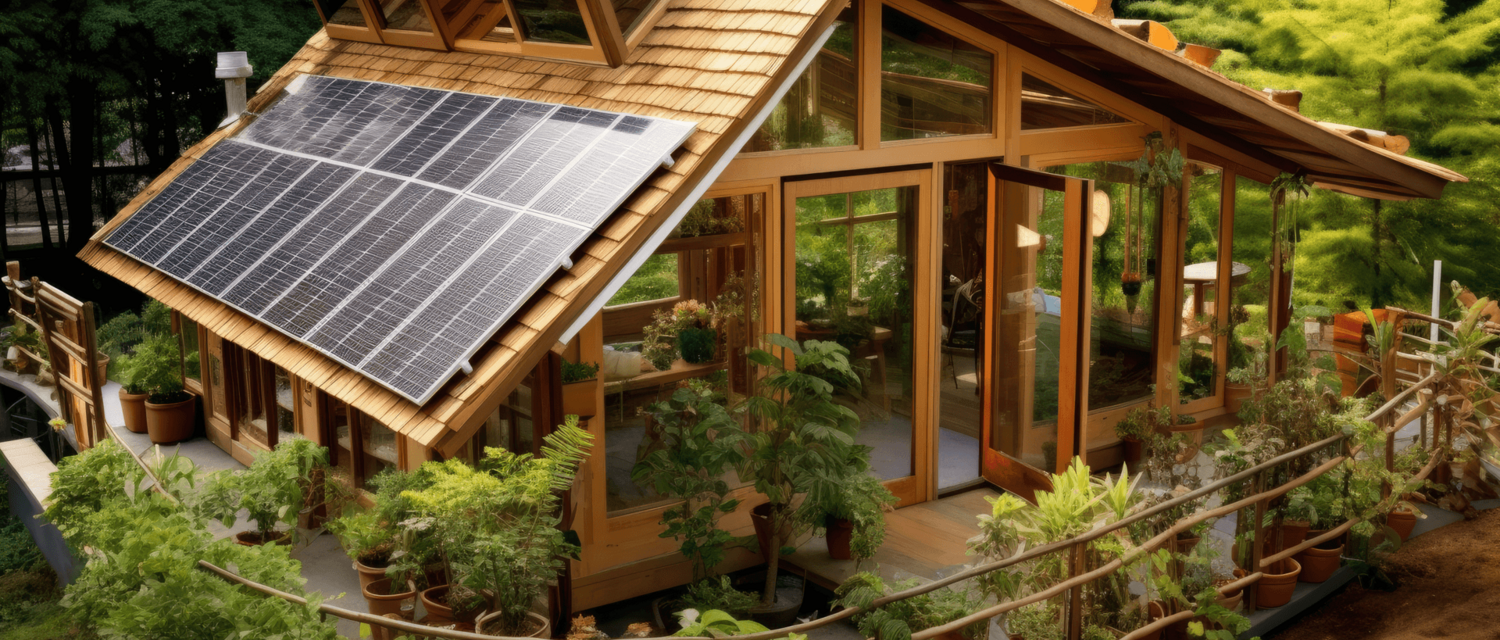
IVECF Solution Session: High wellbeing with low energy demand towards modern net-zero cities
3rd November 2023, 09:45-10:45, Hofburg Vienna, Austria
Watch the recording! (0:30-1:33)
Presentations:
- Bas van Ruijven, Senior Research Scholar at the International Institute for Applied Systems Analysis (IIASA)
- Alessio Mastrucci, Research Scholar at the International Institute for Applied Systems Analysis (IIASA)
- Elisabeth Sibille, Energy Efficient Buildings Expert at klimaaktiv
- Daniela Huber, Head of Property Management at Sozialbau
Summary:
According to the latest report of the IPCC, we are in a crucial decade to effectively mitigate climate change and to limit global temperature increase to well below 2°C. The buildings sector exerts significant impacts on climate, accounting for 40% of energy consumption, 33% of greenhouse gas emissions, 30% of raw material consumption and 40% of waste generation worldwide, and becomes the prime emitter of greenhouse gases when taking into account embodied energy of construction materials.
According to Eurostat, despite the overall population decline, urbanization in Europe will continue to increase, reaching up to 84% in 2050. This induces further growth of new built even in developed countries. Globally this growth is even more substantial. According to the World Bank, an increase from 5 to 7 out of 10 people worldwide will live in cities in 2050, which will lead to salient increase in environmental, social and economic pressures in urban areas.
While the urban environment is generally a slow mover due to the long turnover rates of technological and social solutions, demand-side innovations ranging from sufficiency, energy efficiency improvement, infrastructure and urban redesign can offer fast and long-lasting energy savings and avoid harmful lock-ins. Sustainable, passive level building design creates buildings that are environmentally responsible and resource efficient throughout a building’s lifecycle. Societies require energy and materials to provide appropriate mobility, decent shelter, and social services for all, but these could be met in a variety of ways, ranging in energy demand levels. In summary a combination of avoiding energy demand while providing the wellbeing benefits, improving technological and infrastructural design, as well as shifting away from polluting energy and material sources towards more sustainable sources can lead to the desired rapid transformation with SDG co-benefits.
In light of the environmental and climate targets, rolling-out solutions that work with very low energy demand can risk the so-called "low-carbon gentrification", and social exclusion of low-income families in the given neighborhoods. For example, energy retrofits under market conditions can contribute to a decline in the share of affordable housing in a city, while the higher-priced segment grows, with a potential increase of segregation. Therefore, integrating social components into sustainable cities policies is highly critical to reduce rather than increase social inequalities and vulnerability.
Discussion themes
- What are the key technological, behavioral, infrastructural innovations that can deliver a fundamental transformational change on the demand-side in the buildings sector?
- What are ways to roll them out and upscale? What are the conditions of success?
- Which policies and measures are available for cities to spread energy efficient buildings, onsite renewable energies and support sustainable lifestyles?
- Does building renovation contribute to socio-spatial inequality in urban areas? How can it be prevented?
- Which framework conditions for energy efficient buildings have proven to be successful?
Conclusions of the presentations:
Bas van Ruijven (IIASA, Austria) talked about the energy system leverage effects of demand-side solutions and said that a “low energy demand development reduces dependence on uncertain and unknown carbon dioxide removal technologies (CDR), reduces trade-offs between mitigation and SDGs, particularly biodiversity and food security, and offers increased flexibility for critical choices on the energy supply side.” He was supported by Alessio Mastrucci (IIASA, Austria), who showed that large megatrends, such as “digitalization, the sharing economy, and circular economy can bring around unexpected major shifts in the ways people’s needs are satisfied”. A recent, well-known example is the spread of home office solutions that allow people to carry out their work from different locations, while saving emissions e.g. from commute.
Elisabeth Sibille (klimaaktiv, Austria) showed the long way to go to carry out wide-scale energy-efficient retrofitting of Austrian buildings. She showed real life examples of “deep and step-wise retrofit options and how their impact is way beyond energy savings, such as improved indoor comfort and positive social effects”. The klimaaktiv program is a long established system that supports these retrofit actions, helping Austria in achieving its sustainability goals, from environmental, social and economic points.
Daniela Huber (Sozialbau, Austria) led the discussion fully into the social benefits realm. It is critical to view energy retrofits and other efficiemcy improvements as ways to deliver multitude of benefits. Sozialbau supports the public sector and political decision-makers in the city of Vienna with the implementation of a sustainable, affordable, architecturally valuable and ecological housing policy. Its "Raus aus Gas-Out of gas" program focuses on centralizing the heating and cooling supply to communal heating systems by providing widespread use of photovoltaic electricity and other innovative solutions. The emphasis is always on the benefits for the residents, such as improved quality of life as well as energy and cost savings.